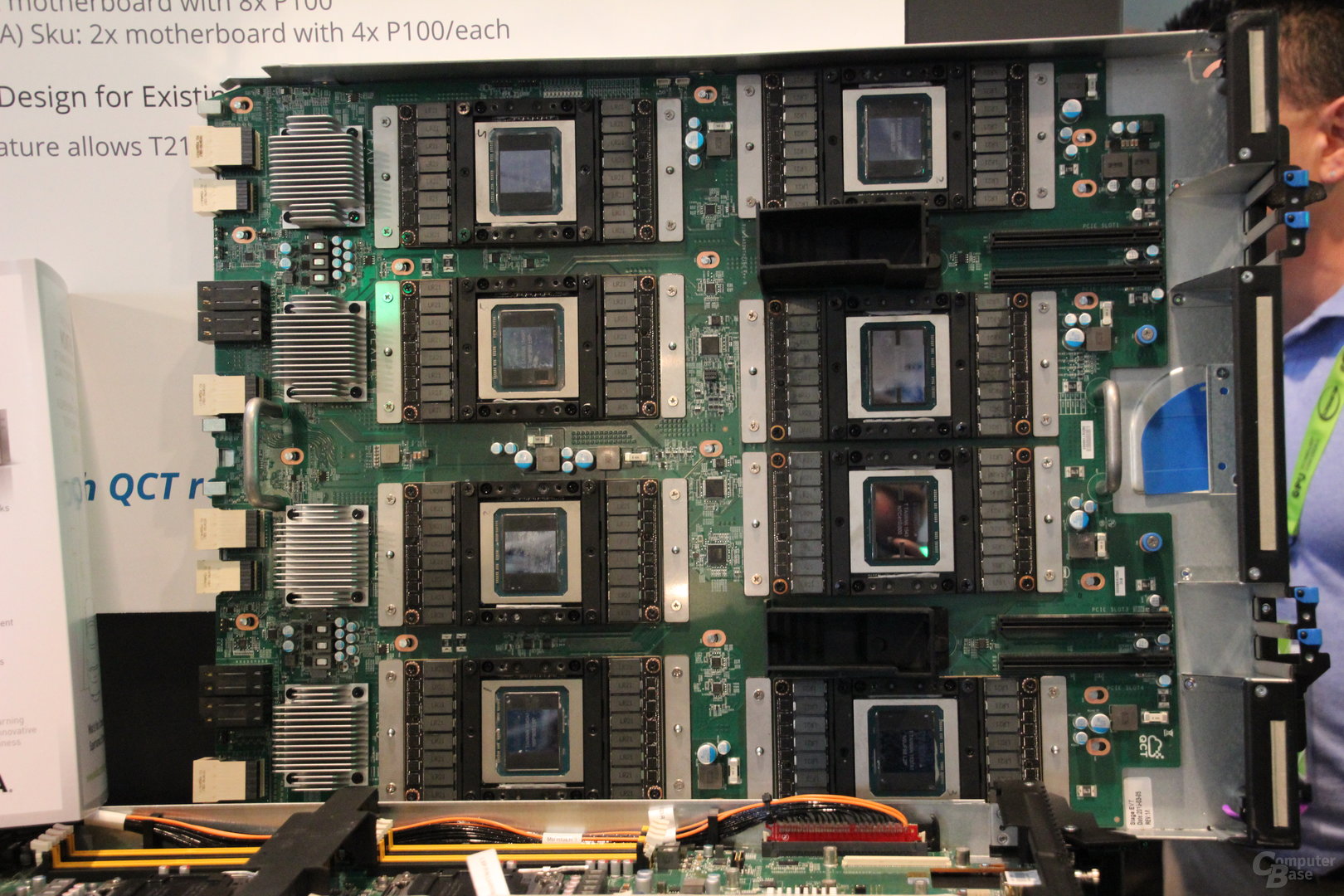DP would give a 25x generational improvement in peak throughput, and FP16 would also scale above the transistor increase for the workload Nvidia wants to target that for in particular.
Various complexity adders that either expand the applicability of the GPU or help massage glass jaws that could hinder sustained performance, and then there is a significant IO adder that would have an area increase disproportionate to its transistor count.
Even not on those terms, 66% more performance on a 88% transistor increase may need some comparisons with other transitions to see how good or bad that might be considered. Transistor count hasn't given a 1:1 improvement generally.




